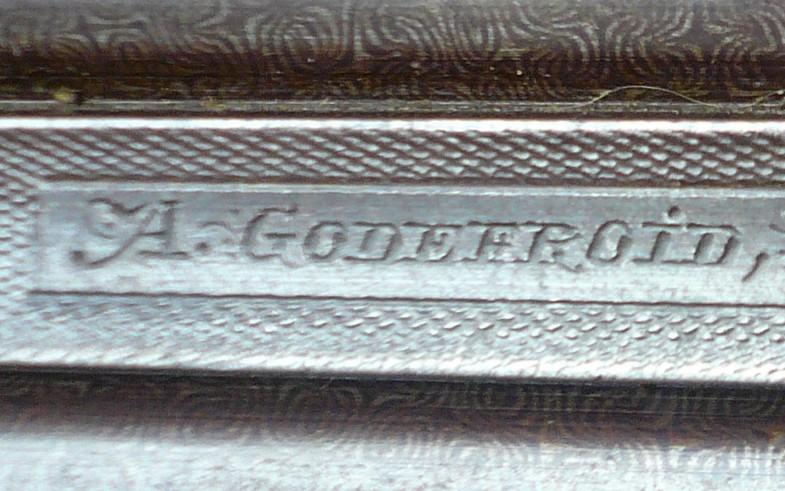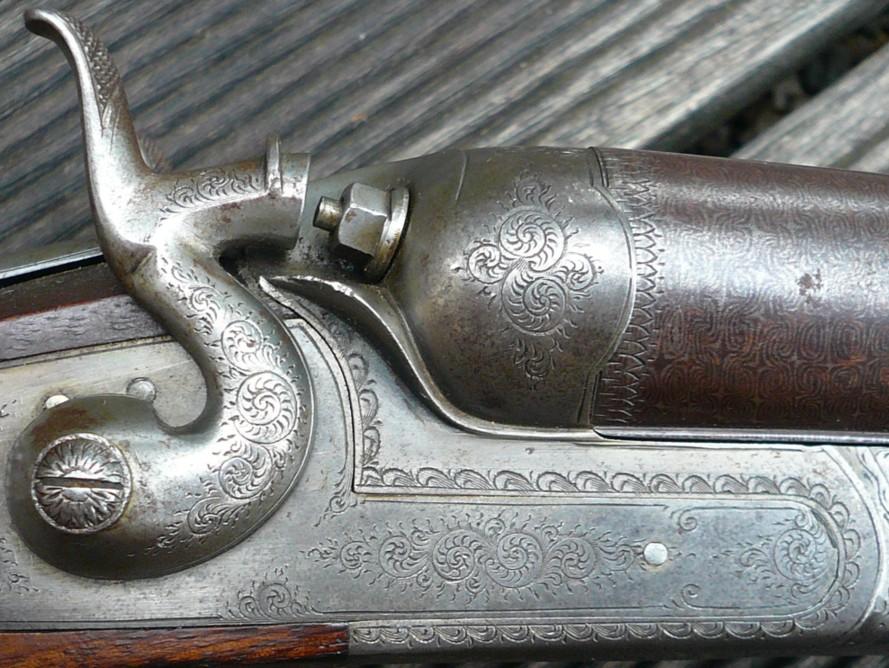Some of the most beautiful work of this craftsman, and many others, are in this book “Liège Gunmakers through their Work. 1800 - 1950”.
For more detail see: LIEGE GUNMAKERS
Godefroid A.
We are
dealing with a beautiful shotgun of the "Drilling" type, equipped with external
hammers, with a "top lever" break key. Drillings ("Drilling" being German for
"triplet") normally consist of two matching smooth-bore barrels and one striped
barrel (German: Normaldrilling, common Drilling), but can cover a much wider
range of barrel shapes and configurations. Since Drillings were generally
designed by small manufacturers, each manufacturer chose the layout they
preferred or adapted to the layout ordered by the customer. The most common
arrangement was 2 smooth barrels side by side with a rifled central percussion
barrel underneath, which was used to give the "grace blow" to wounded game.
The
weapon has some peculiarities compared to most of its congeners: the three
barrels all seem to be intended for lead cartridges, calibre 12 in this case.
Two hammers and two triggers are shown for the upper left and right barrels, but
the pictures provided do not identify the percussion mechanism of the lower
barrel. Could it be by acting on the kind of safety in the shape of a pusher
behind the hammers, where we see a 3 in particular?
Markings, stamps:
The
weapon bears the regulatory stamps of the Liège proofhouse, namely:
ELG on
star in a crowned oval: acceptance post 1893.
Peron
(little step): inspection post 1853.
X and S
under asterisk: countermarks of controllers post 1877.
12 C in
a diamond: calibre, in use from 1898 to 1924.
EL in
cursive letters: provisional proof in use from 1852 to the present day.
P
1K923.4: Barrel weight capable of firing smokeless powder (smooth weapons), in
use from 1892 to 1924.
D=
70mm/20.6 : Chamber length in mm and diameter in mm after optional smoke-free
powder test. In use from 1892 to 1924.
Choke
18.4/17.3: Shocked barrels. In use from 1910 to 1924 (period of manufacture).
Max 2 GR
13 powder and 31 GR 50 LEADS: filler for smokeless powder.
The brand
A. GODEFROID
Manufacturer of weapons in Liège rue de l’Université, 7 is of course that of the
manufacturer of the weapon. It is a company registered on the Liège proofhouse
from 1898 to 1913, see on the website.
The production period ended in 1913, so the weapon was built between 1910 and
1913.
Chris, HPH, GP


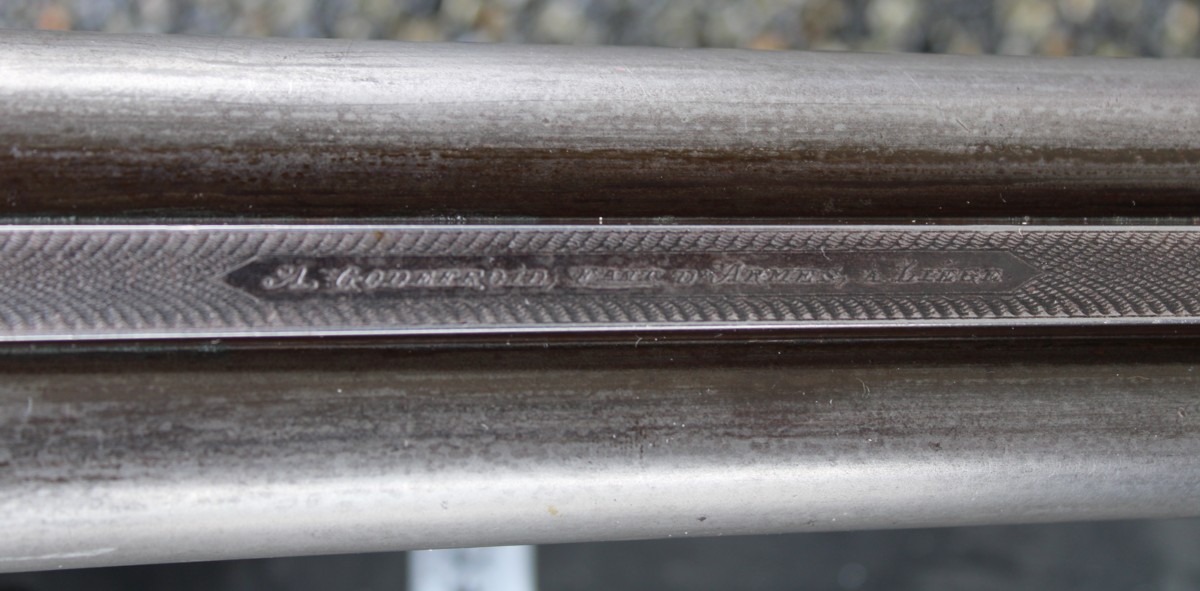


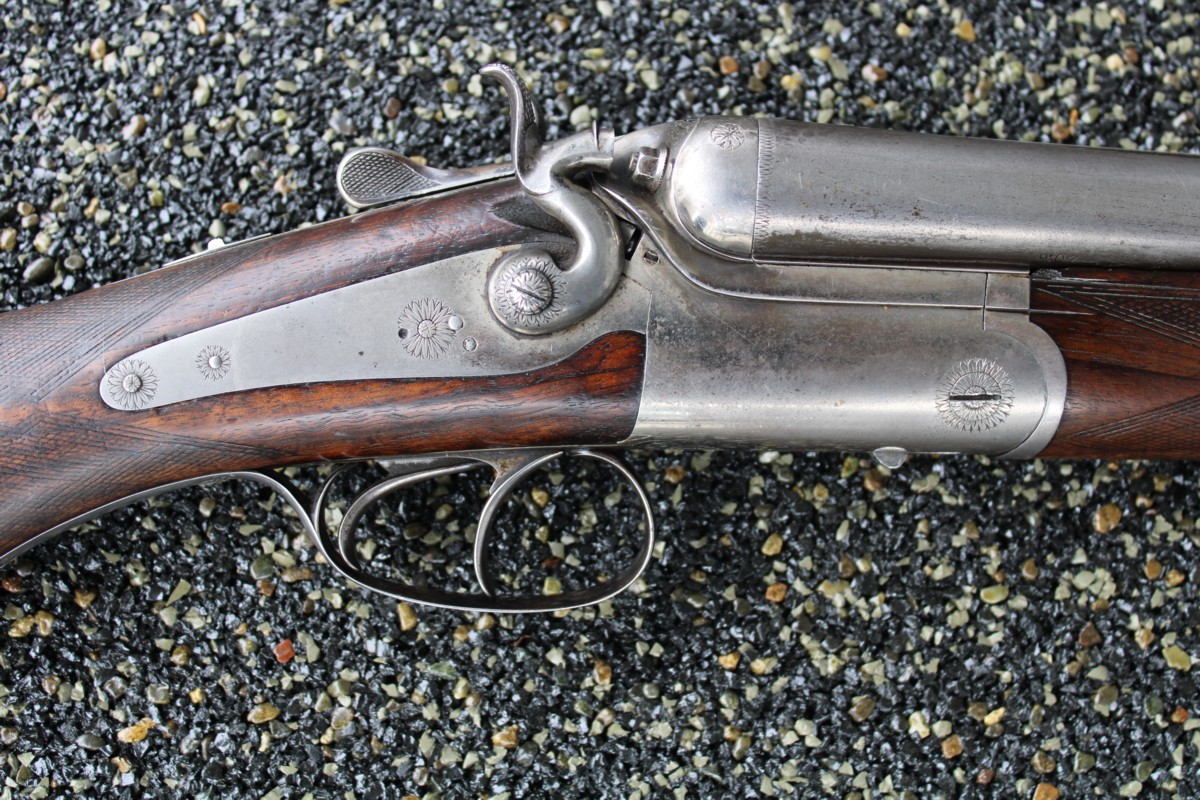
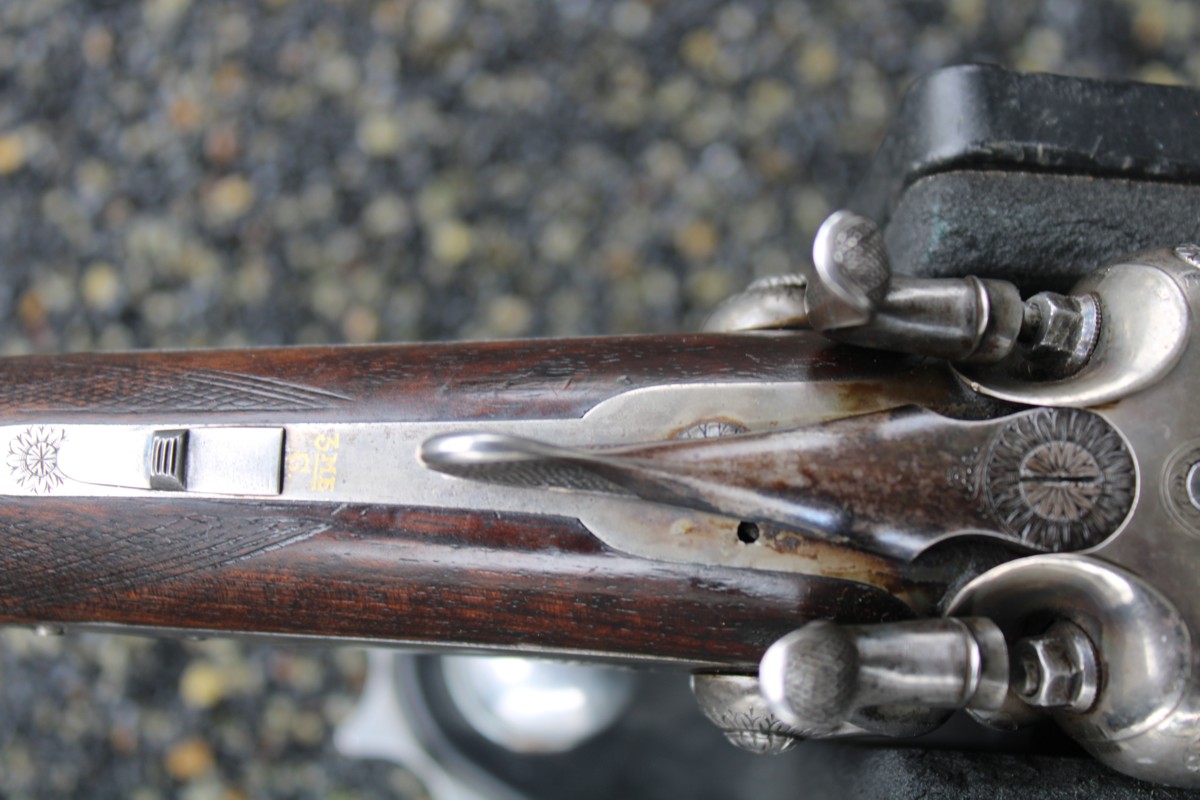
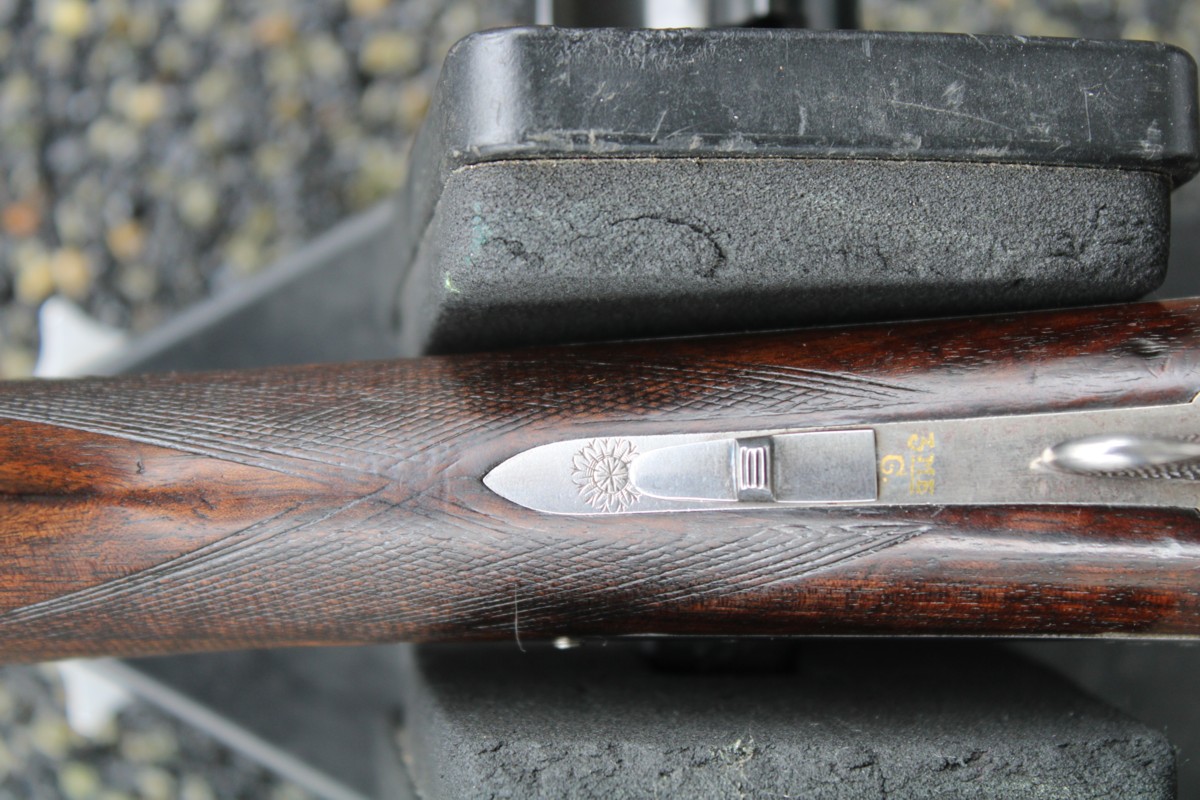
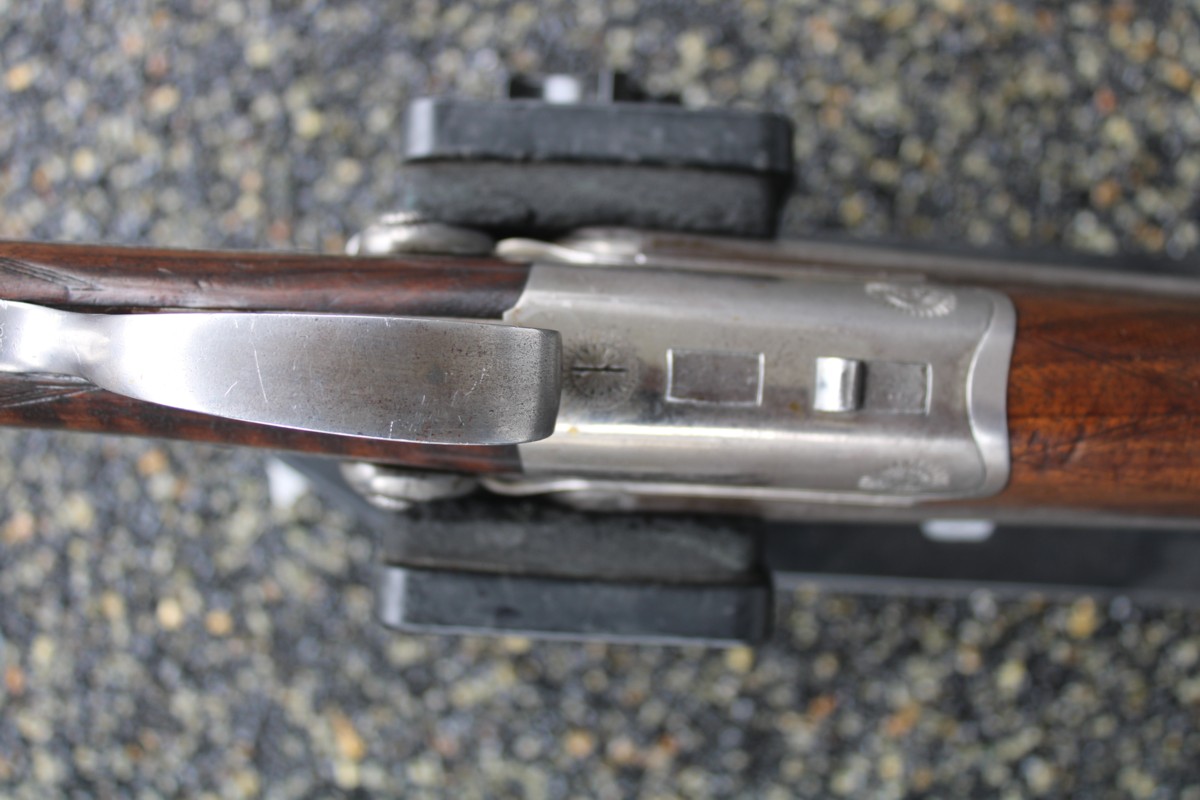
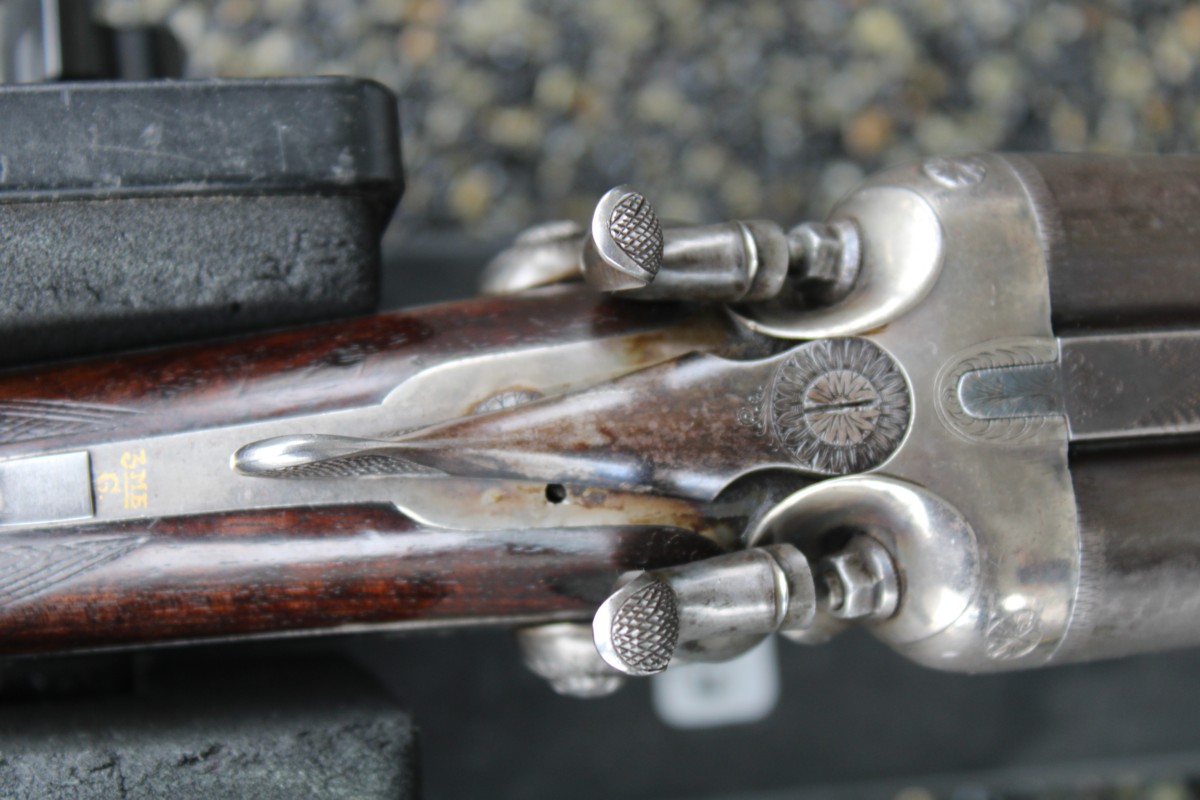
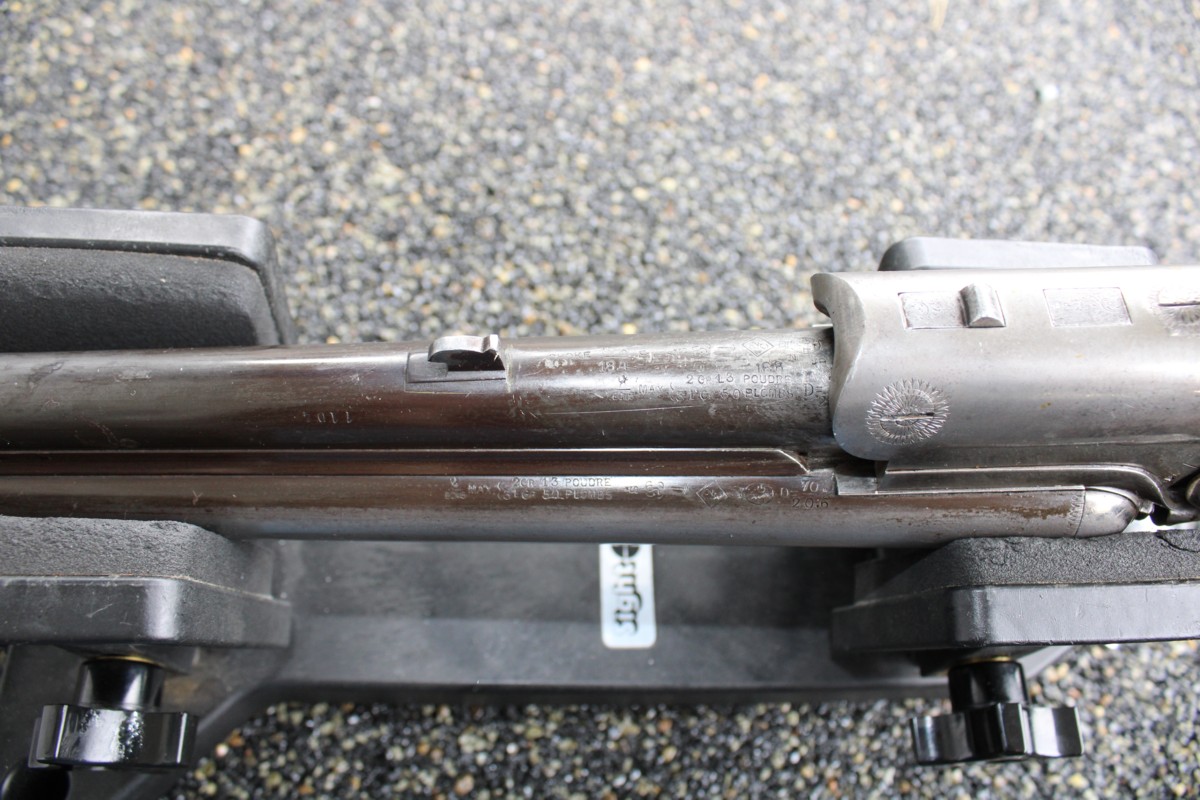
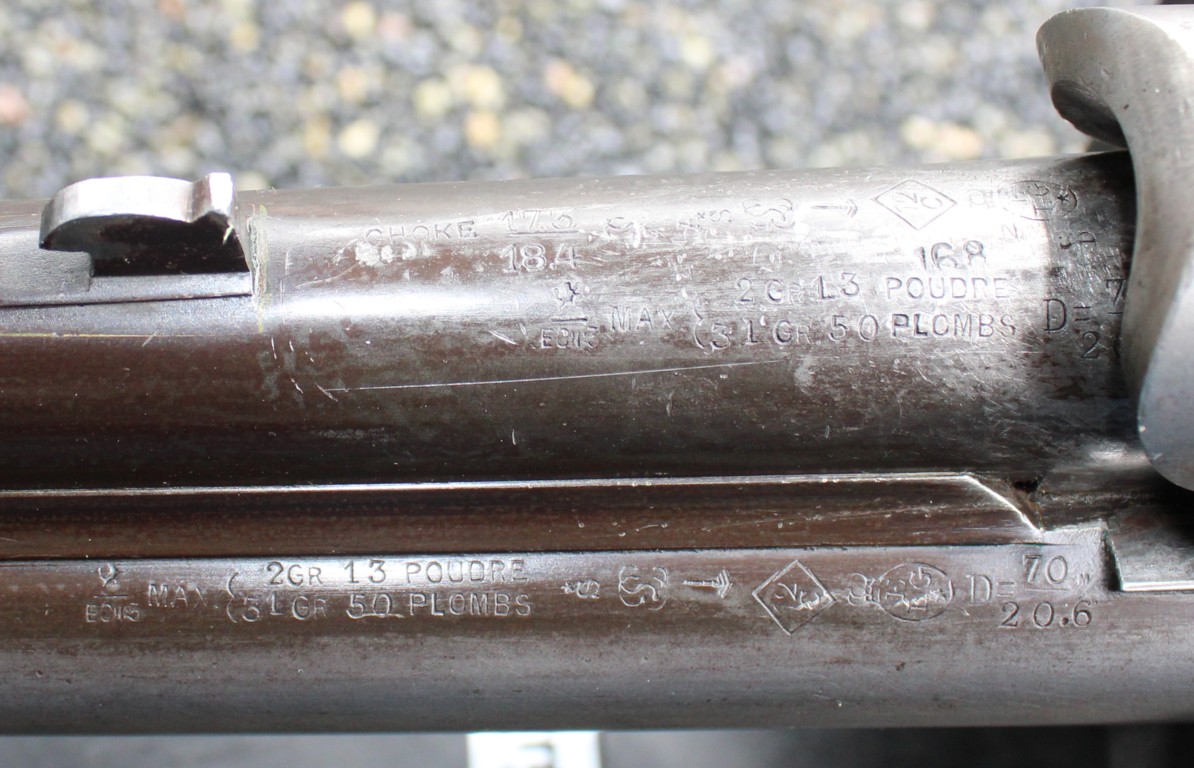
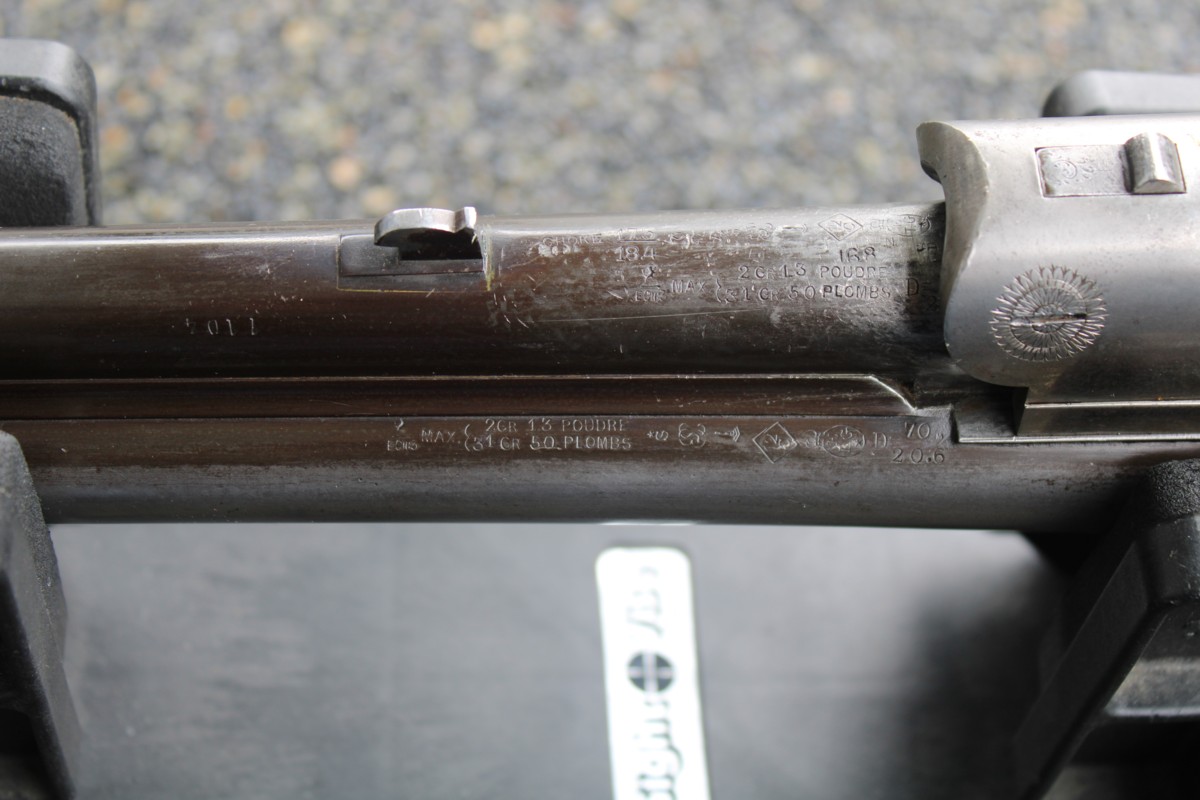
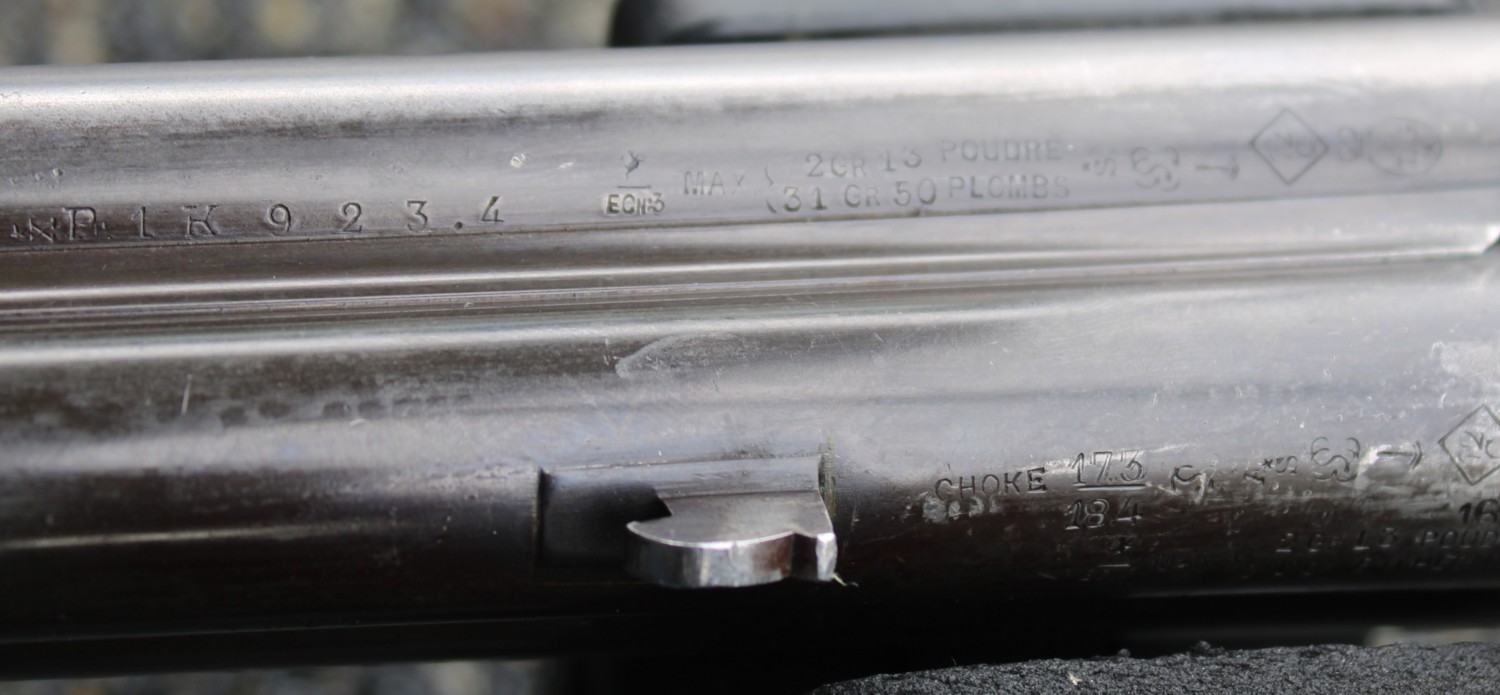
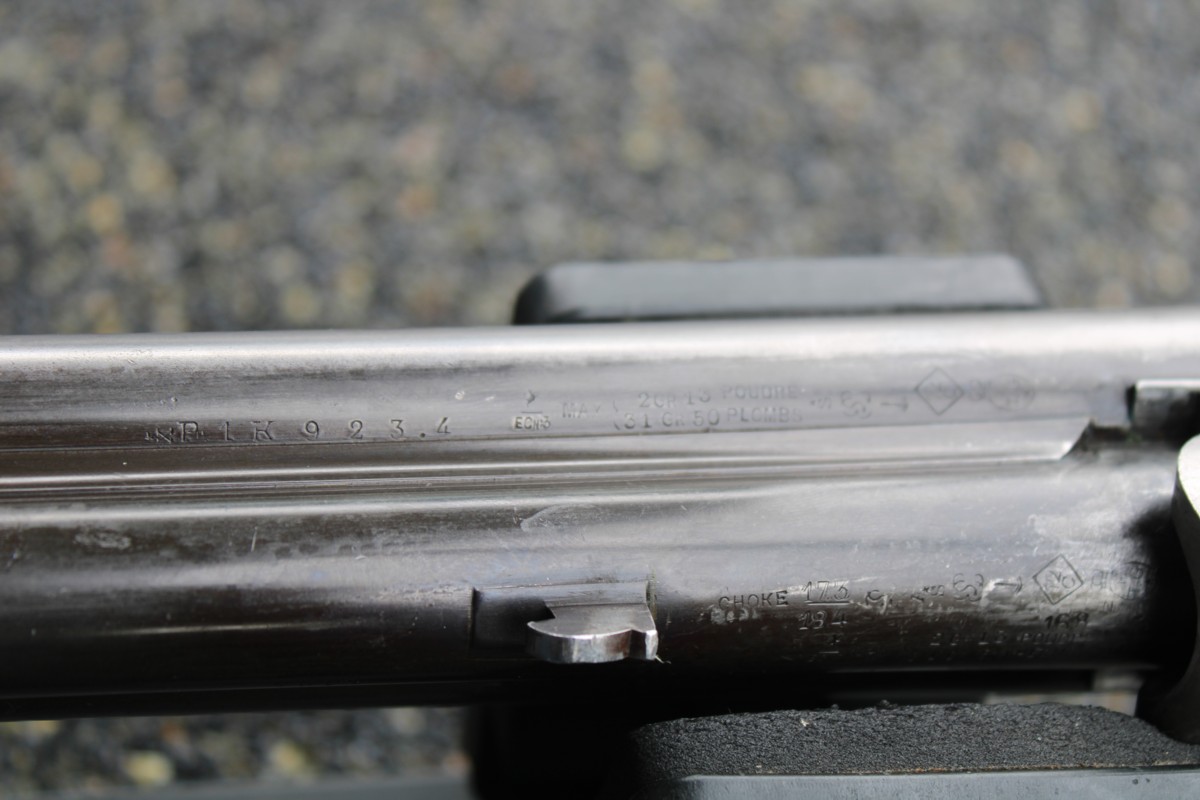
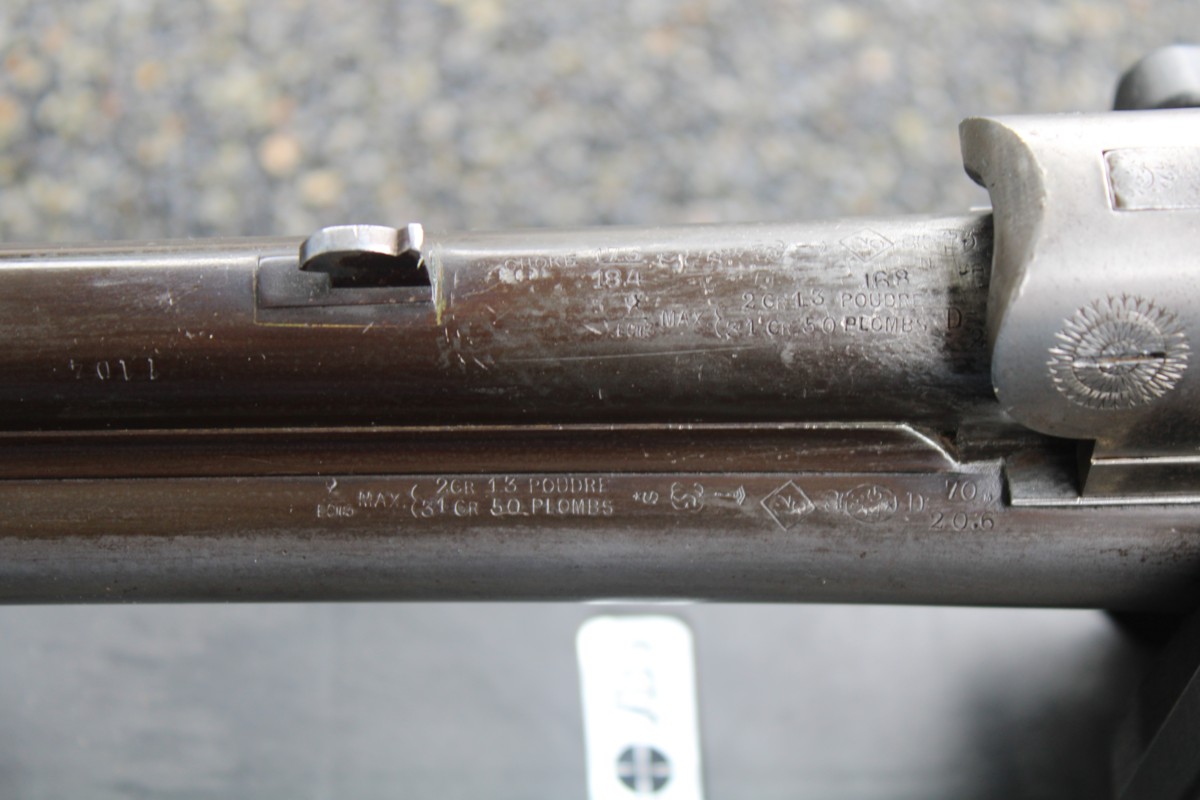
Godefroid A.
The weapon
European interpretation of the S&W n°1 3nd issue of calibre 22 RF, baptized BISMARCK, marked Patent on a side of the barrel and the initial ones on the body of the grips.
Punches
The punch G crowned is struck the cylinder and on the console and seems me to be the countermark of the controller of the ^proofhouse of Liege, of use of 1853 to 1877.
I did not find the punch of final acceptance “ELG on star in an oval”
In use of 1846 to 1893, perhaps it is on the internal face of the cylinder.
Markings
The mark representing a vertical oval containing a crown and two letters which could be JL but without certainty, “could be” that of GODEFROID A. manufacturer of weapons, registered to the proofhouse of Liege of 1898 to 1913. (See the drawing in appendix).
And the dates you will say to me, they do not correspond! It is true. Who’s Who says to us that the factory of weapons of GODEFROID A. comes from the scission in two parts of the paternal factory (GODEFROID N. 1855/1885).
It is unfortunately the only mark being able to correspond to yours found in the file of the marks.
Mark BISMARK PATEND appears anachronistic to me and does not correspond to nothing known!
Perhaps is it about a late addition of a retailer?
GG
![]()
A. Godefroid
It is about a double shotgun, the barrels in Damas of gauge 16 are smooth and juxtaposed.
They are also chokes. The round lock is with external hammers with key top lever.
The stick out of wooden of drowning is worked with English.
The metal parts are finely engraved with English also.
The weapon carries the lawful punches of the proofhouse of Liege, namely:
ELG on star in a crowned oval: acceptance post 1893.
Peron: inspection post 1853.
N and S under star: countermarks of the controllers post 1877.
16 C in a rhombus: gauge, of use of 1898 to 1924.
EL in cursive letters: provisional test of use of 1852 to our days.
P 1K429,1: weight of the barrel which can draw from the powders without smoke (weapons smooth), of use of 1892 to 1924
D = 65mm/18.7 and D= 70mm/18.7: Length of the room in mm and diameter in mm after optional test with the powder without smoke. In use from 1892 to 1924.
Choke 16.4/17.0 and Choke 16.6/17.0: chokes barrels: gauge in mm to 22 cm of the breech and the mouth. In use of 1910 to 1924 (period of manufacture).
Mark A.GODEFROID Fabricant d’armes à Liège (Manufacturer of weapons in Liege) street of the University, 7 is of course that of the manufacturer of the weapon. It is about a company registered with the proofhouse of Liege of 1898 to 1913.
GG
Many thanks to Jean Michel R. for the nices pictures
